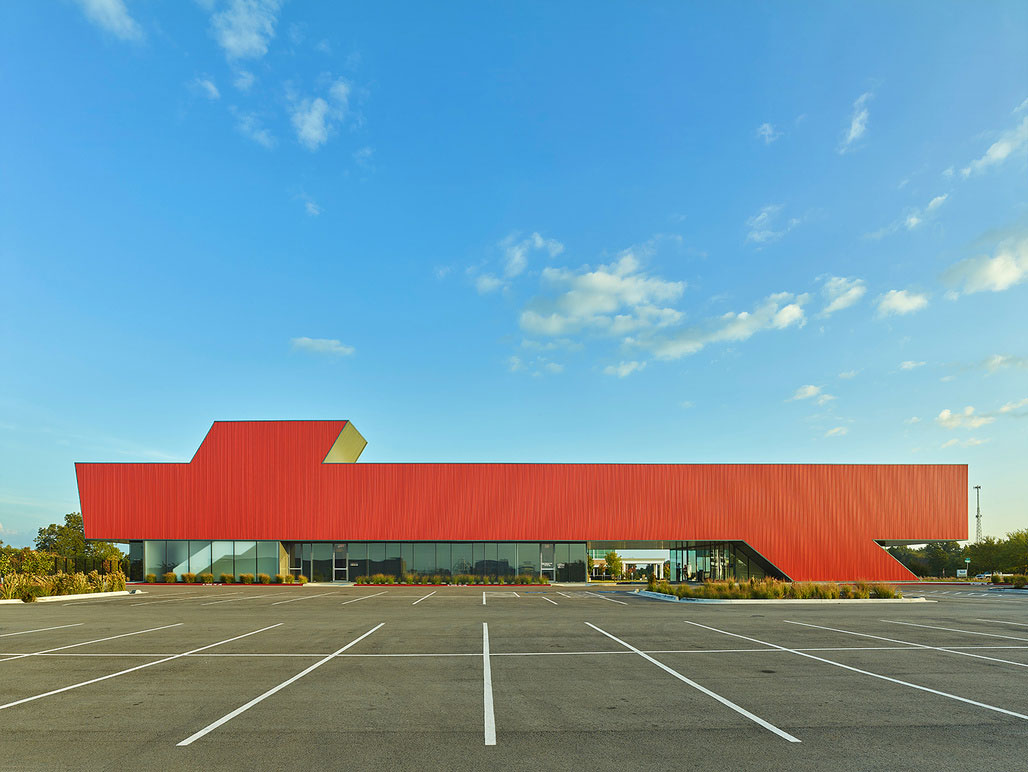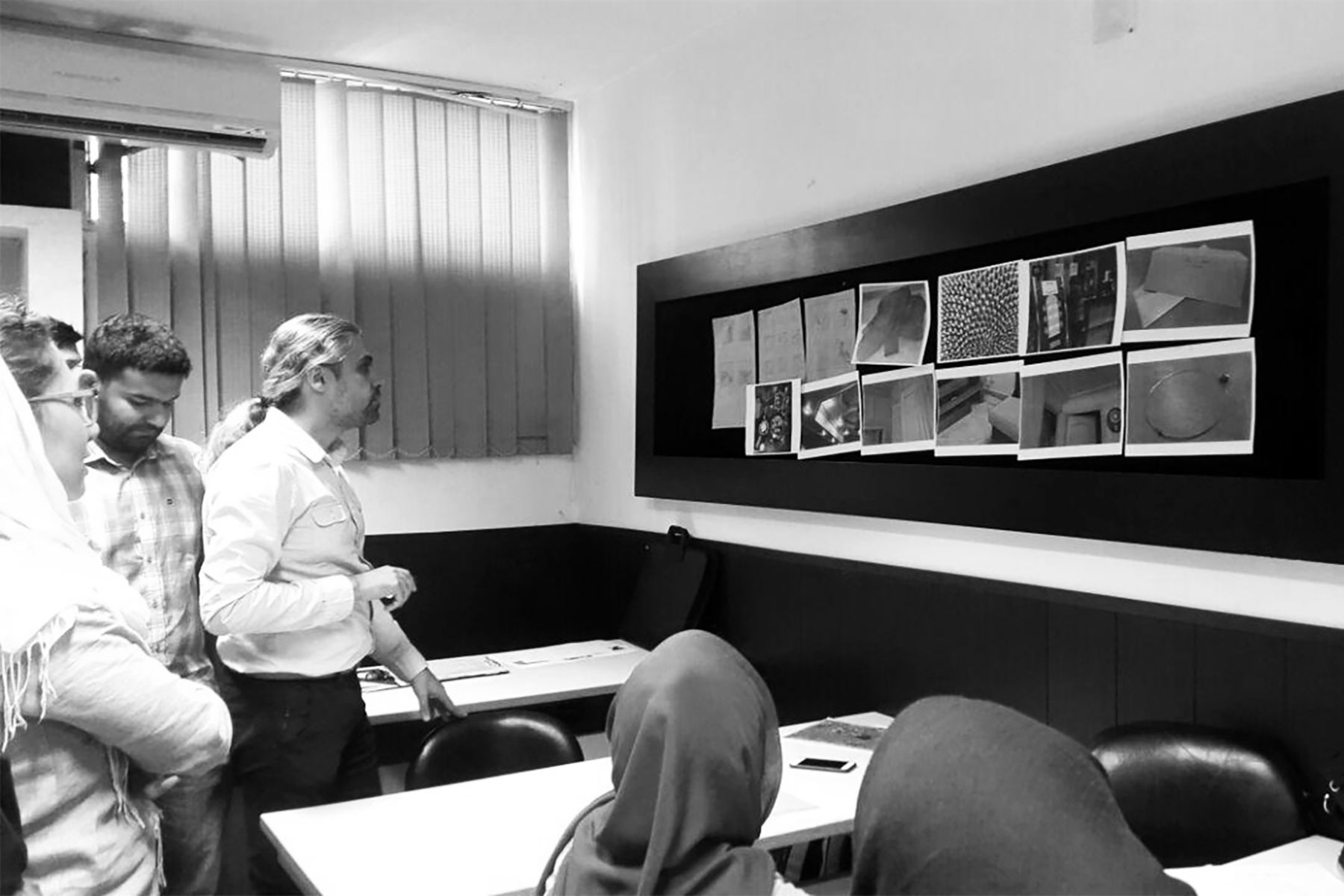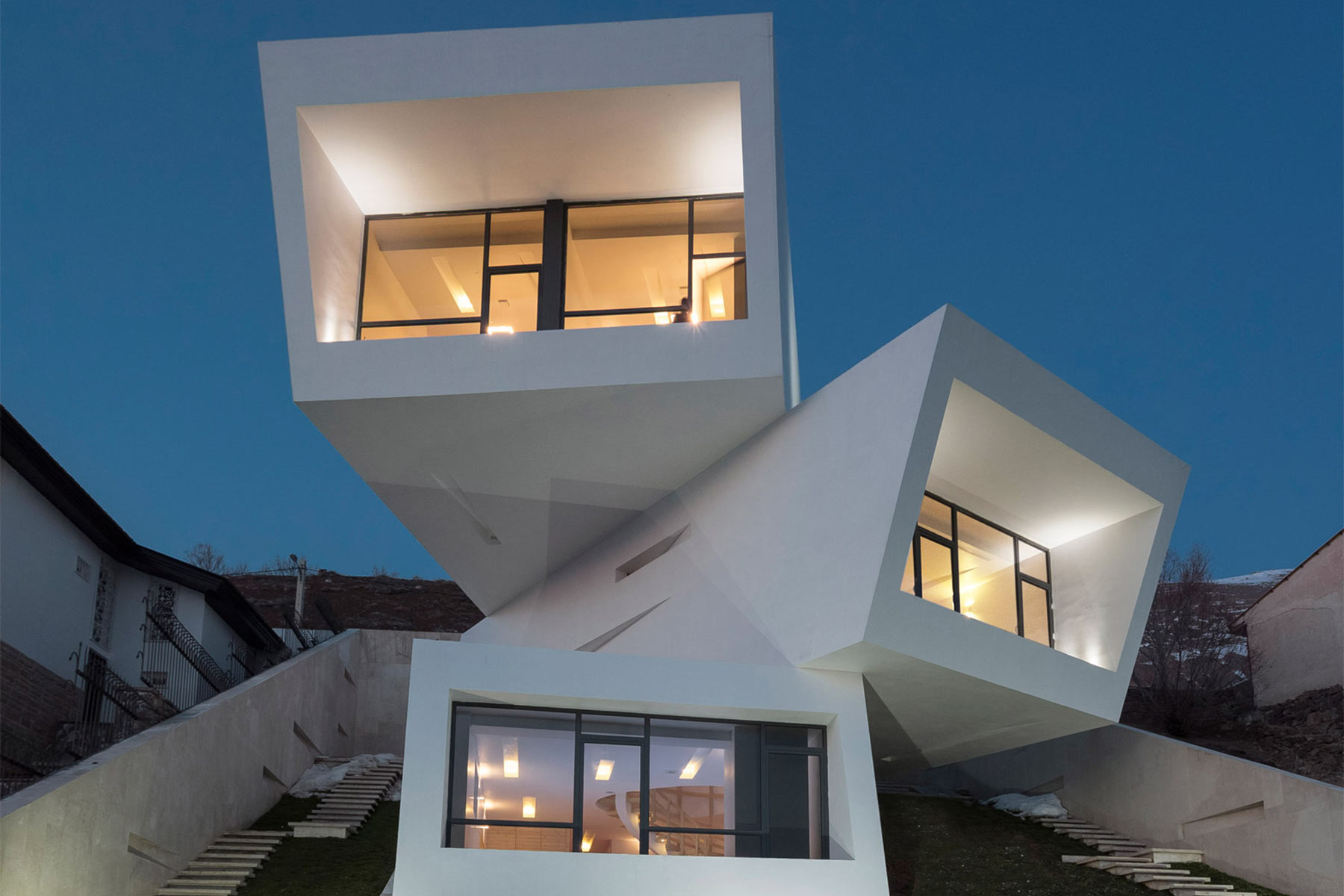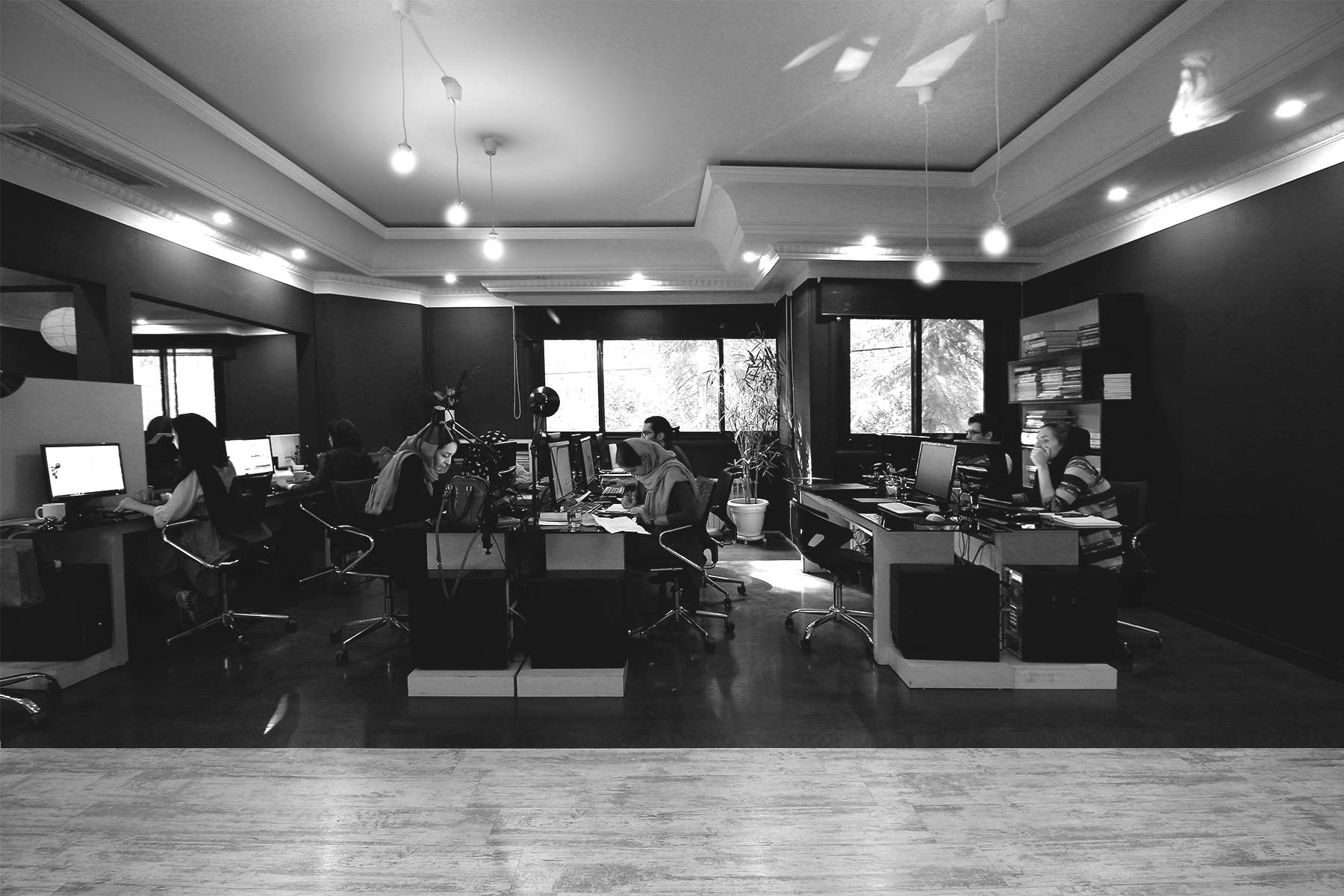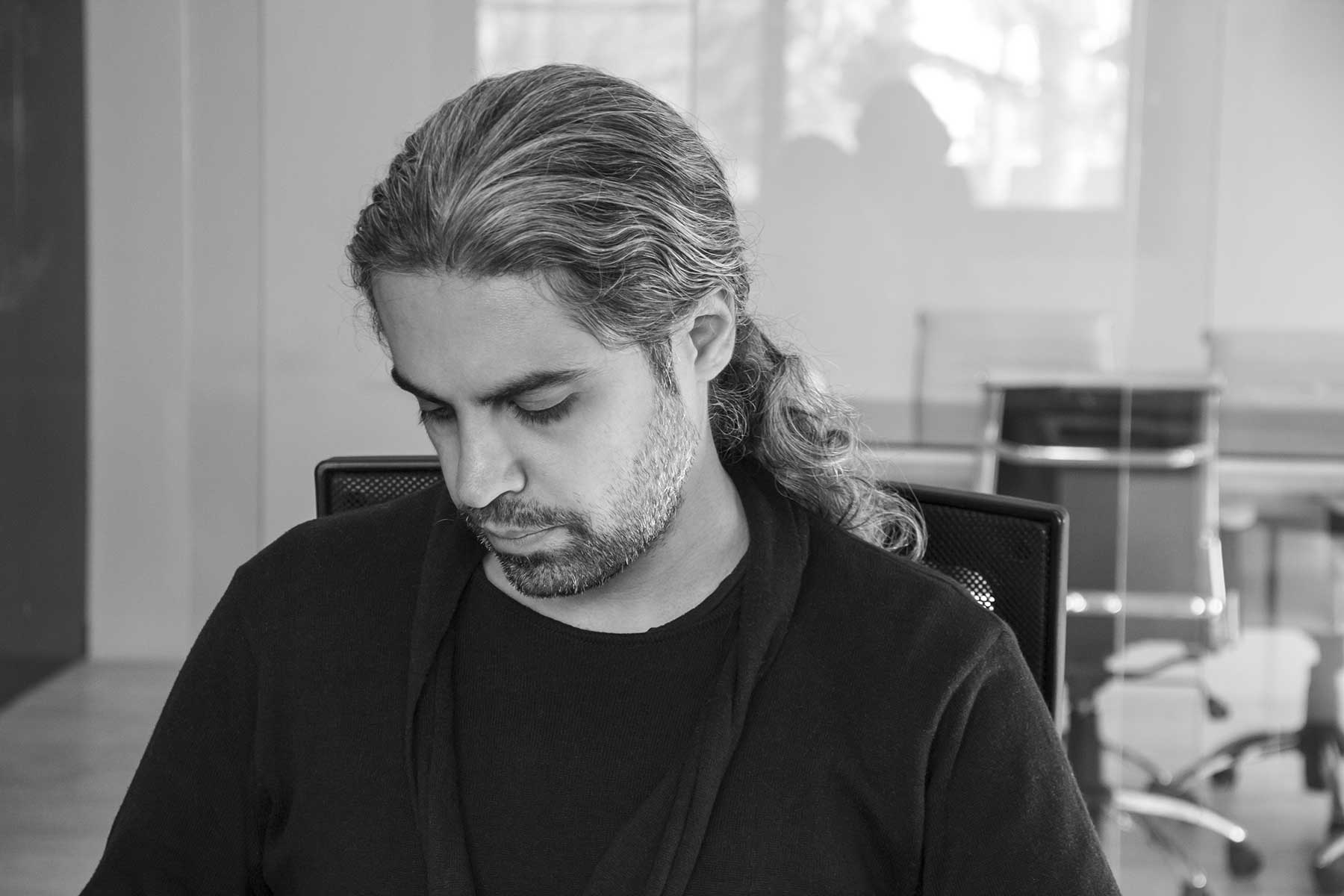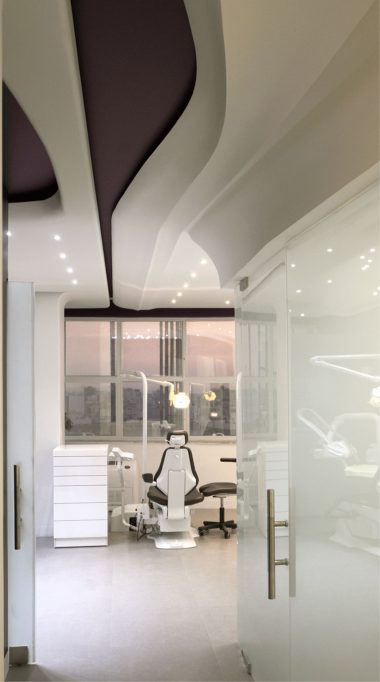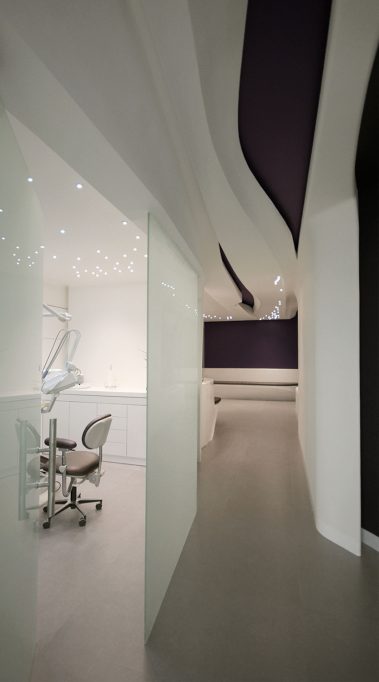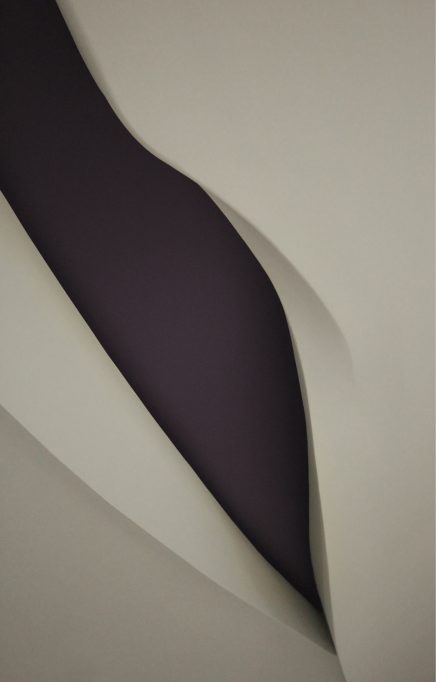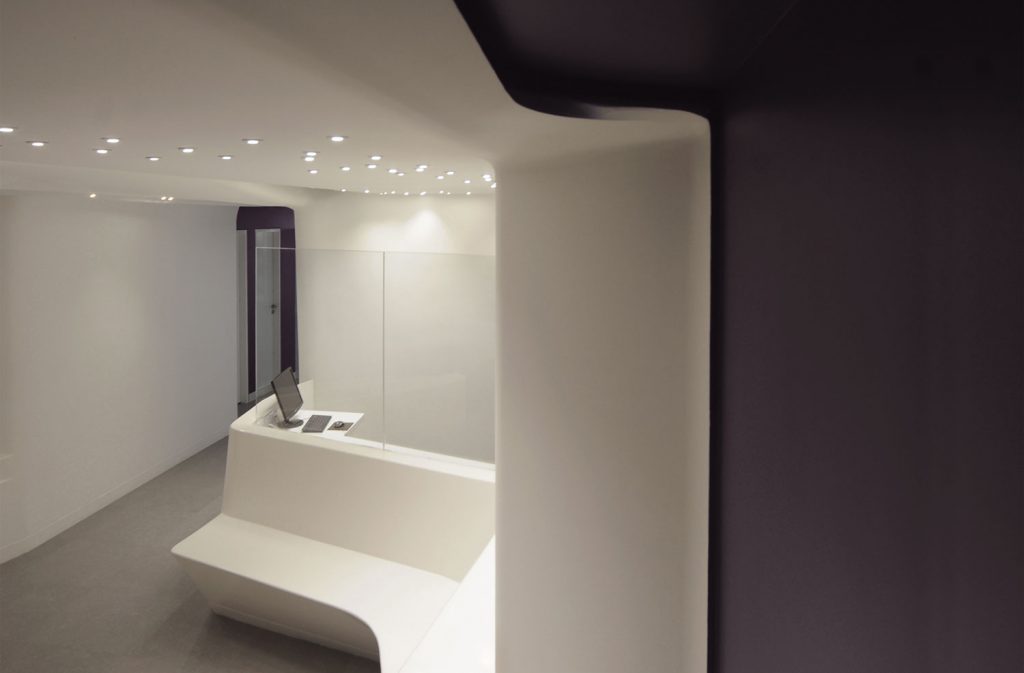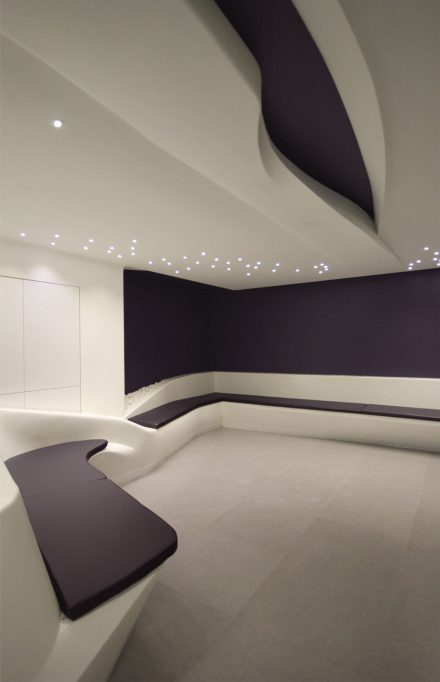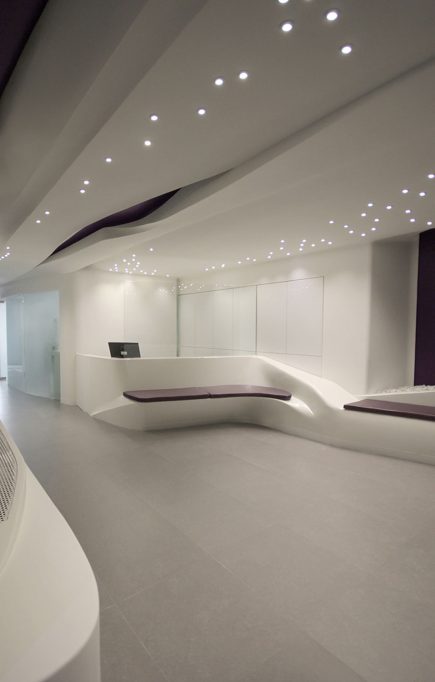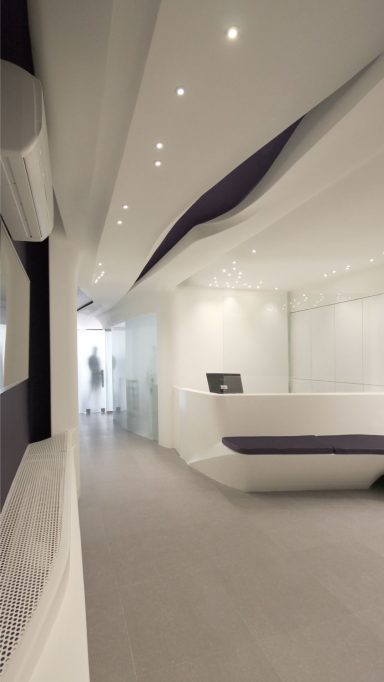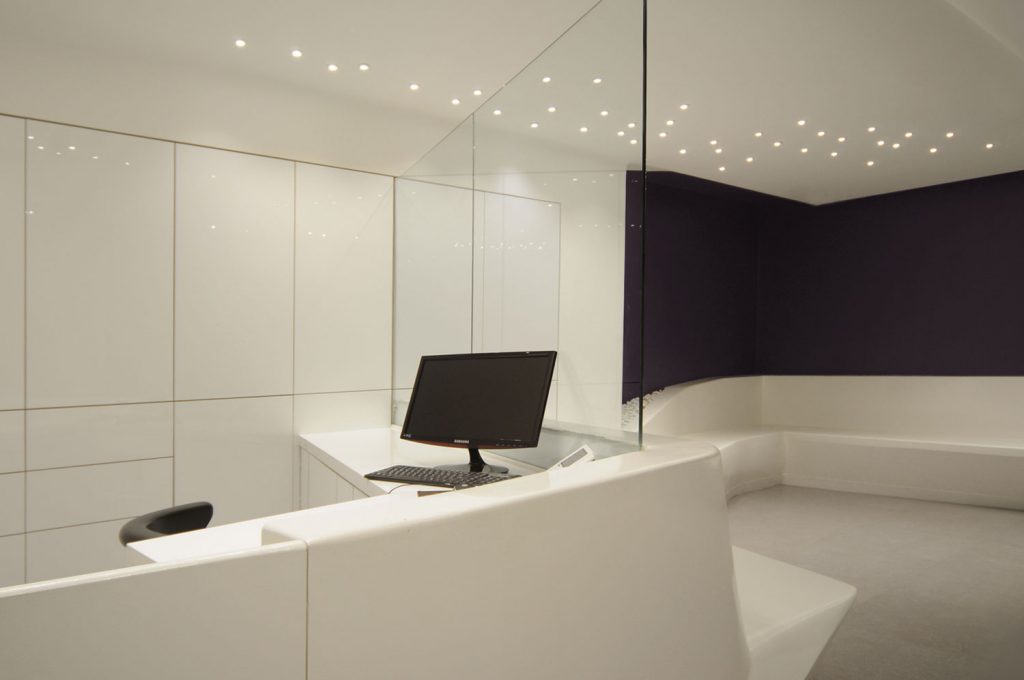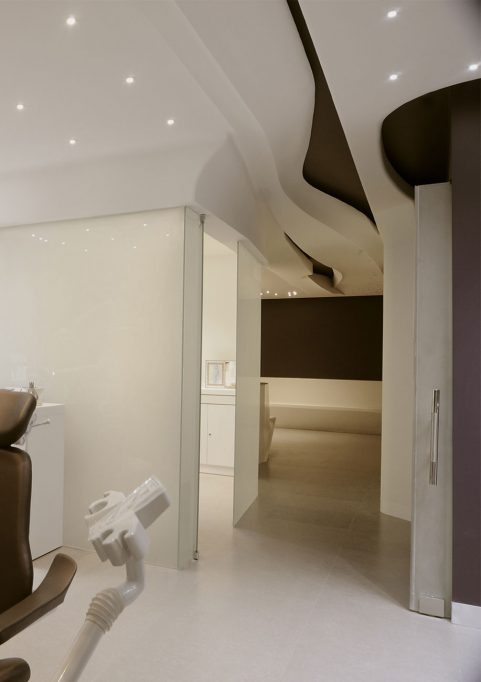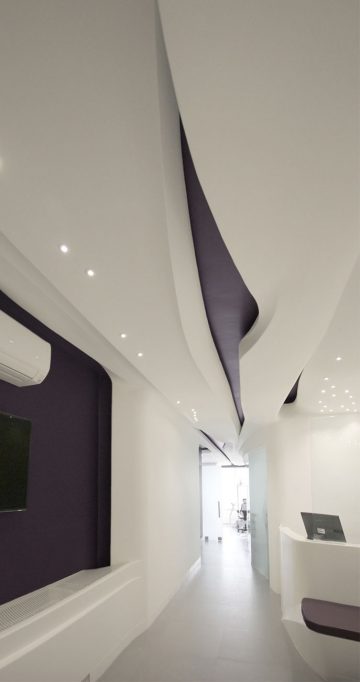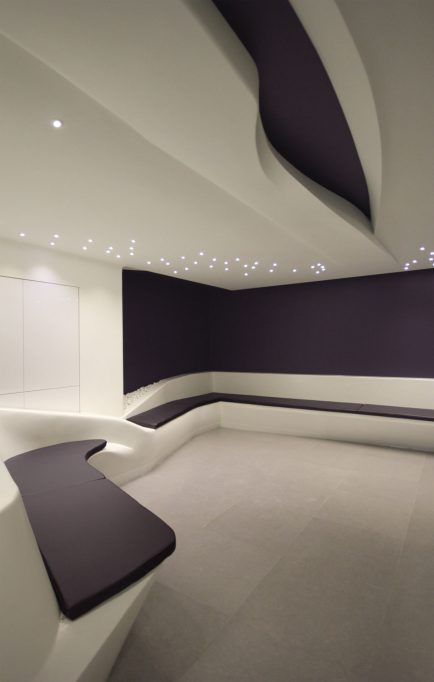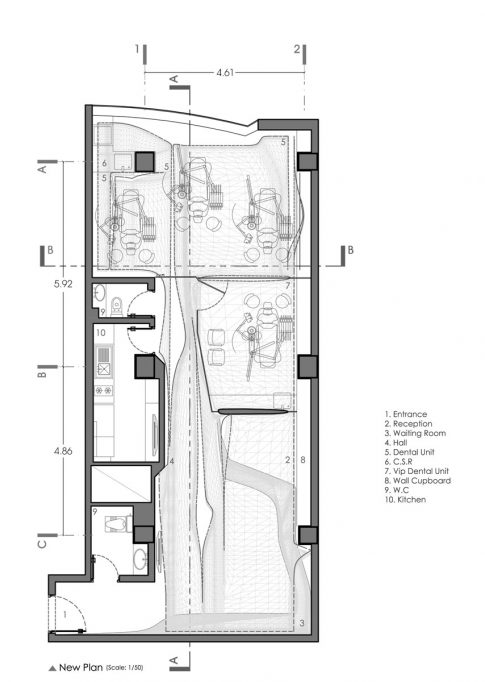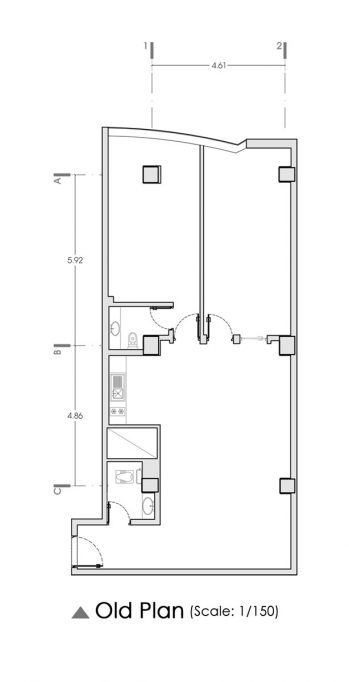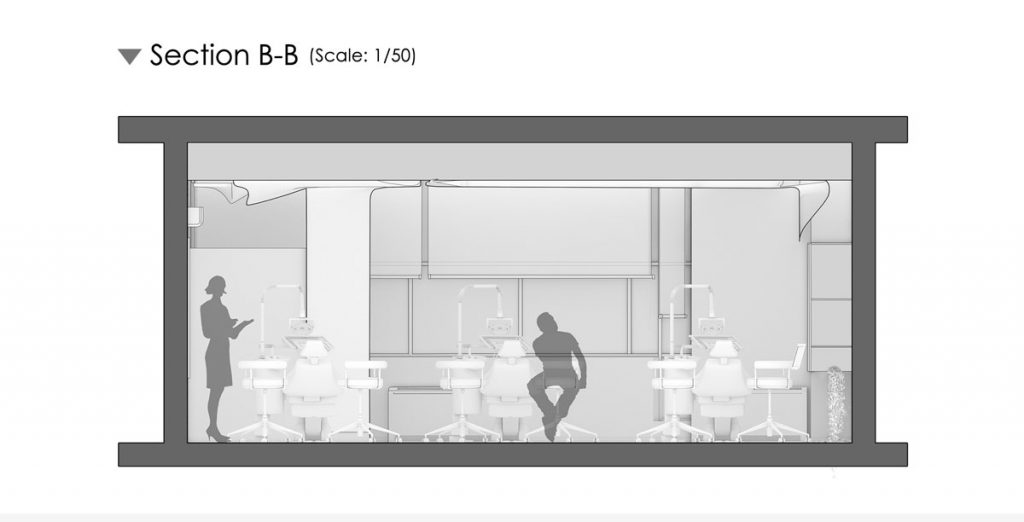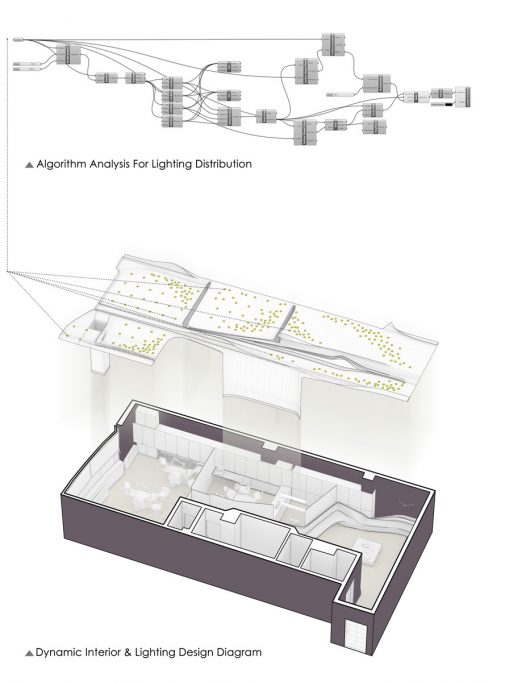- Health Care
Lavender
Lavender : At all times, there always was and will be a difference between what is developed by construction and what is thought by the human mentality of the artist. In terms of space, the contrast between the “desired” and the “must” worlds is defined by architecture. The artist has a soul that appreciates and views everything in his or her own perspective and not by what it really exists in a space; which results in a fantasied vision of the world. For instance, humans with wings are only imaginable by regular people but dream by artists regularly. An artist without fantasy and dreams is indescribable, thus he or she will continuously be searching for a technique to free their ideologies.
“Lavender” is an orthodontist clinic at Arian Medical Center, 100 m2 located at Beheshti Street, Karaj, Iran. The interior renovation started from September 2014 and was completed by February 2014, duration of 6 months.
The space users satisfactions originate by the elegance of the desired smile. It may be possible to define the difference between an orthodontist and a dentist’s world with the “must” and desired” concepts. A dentist may only desire dental health, while an orthodontist appeals aesthetics.
The users’ demands and the design requirements are fulfilled by a space with functional responses along with practice in the existing framework.
The design context was a human-built environment with answers for physical daily needs and all limitations; a 100 m2 unit with a low ceiling and walls that create a trapped space in the user’s world.
Functions, requirements, environment limitations, materials, economics and anything related to physics are constraints for architecture, human and human space. These factors are significant and may not be bypassed; restrictions of “musts”, framework, stereotype, and obstacles of desired and impossible. Whilst taking into consideration that a vision must have the essential creativity to be able to seduce an individual from the possible and the “must” boundaries.
Arian Medical Center, Beheshti Street, Karaj, Iran, Apt#17 has a persuasive design that seduces the observer’s vision contrary to what the eye is adapted to. In this design, what seemed like fantasy and was impossible due to physical limitations is now given life and has become a part of reality.
The purpose of this architecture is to present a beauty outside of an individual’s imagination, not what can exist nor what is enough. Architecture has accepted the “musts” concepts – the forms of an existence that cannot be changed or ignored and continues to move alongside it. At times architecture performs unaccompanied and sometimes leaves the arena empty for the “musts” to play, while at others the two coexist alongside each other presenting the existing contrast. The mobile appearance that has given a unique vision to space also provides different functions for the design; it transforms into walls and ceiling details, secretary desk, and sitting areas. In addition, it creates a baseline for lighting whereas it fades away in areas where its functions are unnecessary.
“Lavender” is designed with creativity outside of one’s imagination. It has accepted the “musts” without judgment toward the reality of aesthetics. It has been constructed with the knowledge of the possible physical limitations alongside the “musts” yet has not undertaken any physical modifications itself.
Due to the client’s demand, the architecture holds a uniform appearance throughout each step of the user in the clinic.
The physical constraints of the design do not have an effect on the user’s daily necessities. Following the entrance, there exists a waiting area that is utilized as a communication space with the secretary and a resting area for the patients. The architecture itself is used as guidance and leads the patients to the requisite rooms.
Entrance, waiting room, secretary area, examination rooms, and service rooms all follow coordinates from the architectural design, not the former structure constraints.
Prior to the renovation, “lavender” clinic was witnessed smaller by the audience, unresponsive to the users’ daily necessities and obscurity to the lighting of space. In this design, architecture forms the lighting while following the same concept of satisfying the users’ requirements. Light spots are conceived by the completion of the design while in places where the mobile curves are greater in volume, the necessity of lighting is additionally demanded.
Today, August 2015, it has been seven months that the mentioned space has existed. Thus far, the design has taken the users’ visual attention, taking them into a fantasy world with the exception of reality present. These attractions not only pleases and entertains the users, it provides a sense of unity among the users and space.
Category
- Health Care
Client
- Dr. Khezri
Location
- Karaj, Iran
Area
- 100 M2
Status
- Completed
Year
- 2014
Design Team
Designer :
Reza MafakherDesign Associates:
Foruzan Vahdati, Sara ShamlooConstruction Associates :
Mohamad Hadi Rami, Maryam JaliliPhotography :
Reza Mafakher, Azita SamnakPresentation :
Fatemeh Niknejad, Yahya NoushabadiAuthor :
Sahar HaghparastAwards
Honorable Mention for “Lavender”
International Design Awards / 2017Honorable Mention of Public Sector, “Lavender”
8th Architecture and Construction Award of Iran / 2015
Share



